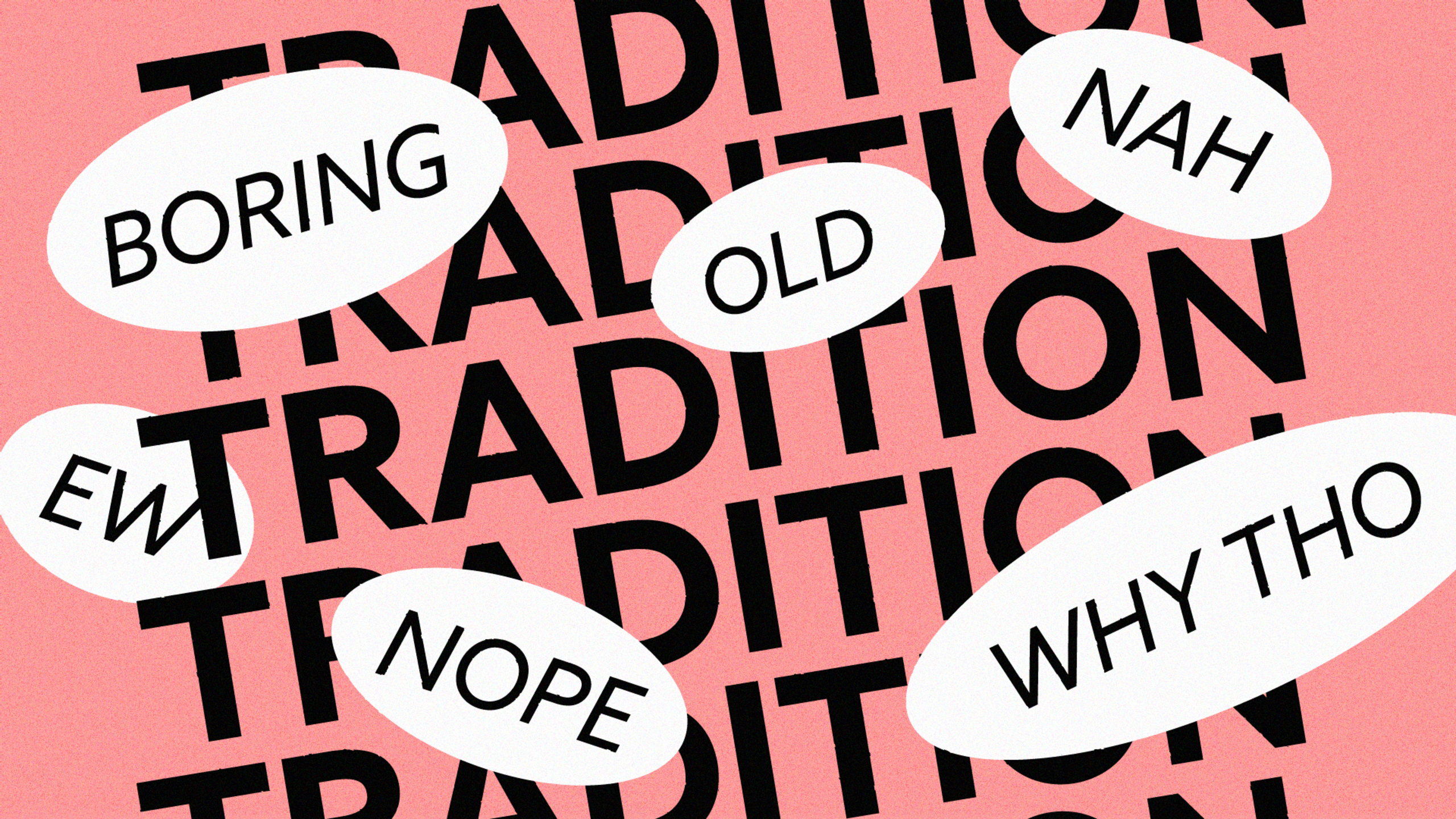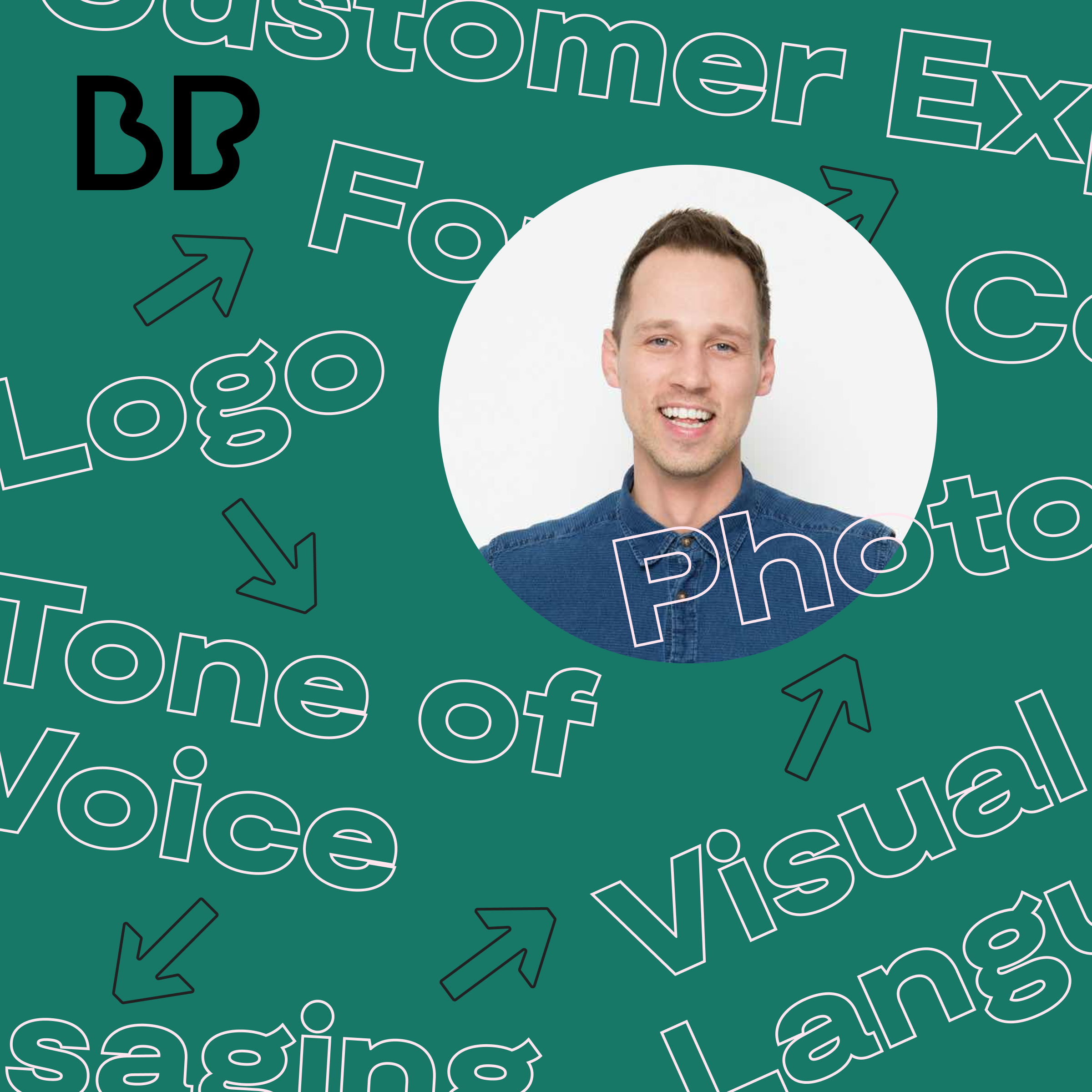How Big Brands are Ditching Brand Equity to Appeal to Disloyal Millennials


What do you think users think about your product? Their opinion may have more to do with its look and feel than its functionality.
As we kick off our new series on product brand, Andy Kennedy, Principal Brand Partner at Innovatemap, joins the show helping to define product brand and discussing its influences on the perception of your product.
To learn more and connect with other product professionals you can join the conversation at betterproduct.community.